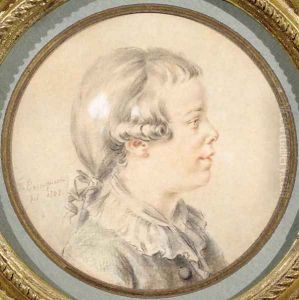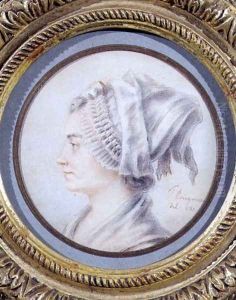Joseph Trinquesse Paintings
Joseph Trinquesse is an artist whose life details are not extensively documented, but he is known for his work during the 18th century. Born around 1725, Trinquesse was a French painter who primarily worked in the Rococo style, which was characterized by lightness, elegance, and an exuberant use of curving natural forms in ornamentation.
Trinquesse's works often depicted intimate scenes of domestic life, gallant parties, and portraits. He was skilled in capturing the nuances of light and shadow, as well as the textures of fabrics and the subtleties of social interaction. His paintings are notable for their refined color palettes and the graceful postures of the figures he portrayed.
Although the details of his training are not clear, Trinquesse is believed to have been influenced by the works of François Boucher and Jean-Honoré Fragonard, both of whom were prominent Rococo artists of the time. His style suggests that he was very much a part of the French artistic milieu and that he was likely to have been involved with the Royal Academy of Painting and Sculpture in some capacity.
Joseph Trinquesse's work was appreciated in his time, and he exhibited in the Salon, which was the official art exhibition of the Académie des Beaux-Arts in Paris. His paintings can now be found in various museum collections, reflecting his enduring appeal.
Trinquesse's date of death is not precisely known, but it is believed he died around 1786. Despite the paucity of personal details, Joseph Trinquesse's artistic legacy remains through his contributions to the Rococo movement and his charming depictions of 18th-century French society.

